It’s the final level in our Test Your Wine Knowledge series! This time the level is advanced, and we’ll separate the wine novices from the wine connoisseurs. Are you ready for the challenge?
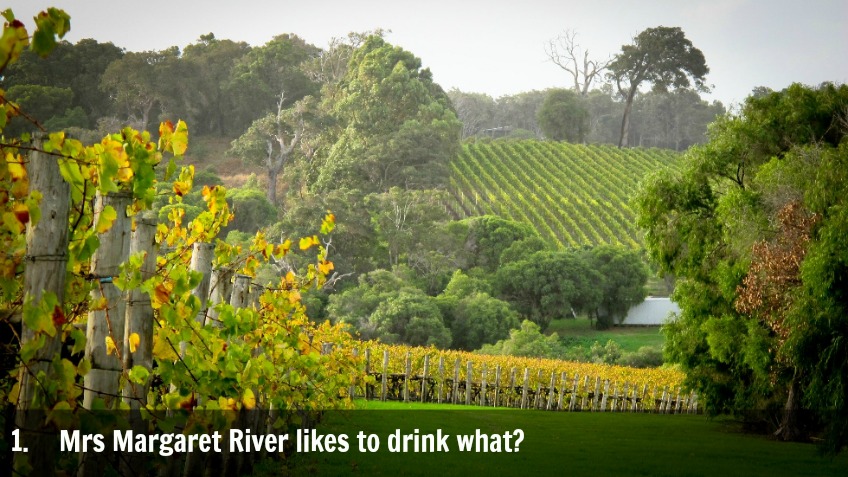
Chardonnay
Margaret River is a well-known region in Australia which is famed for its premium quality Chardonnay’s.
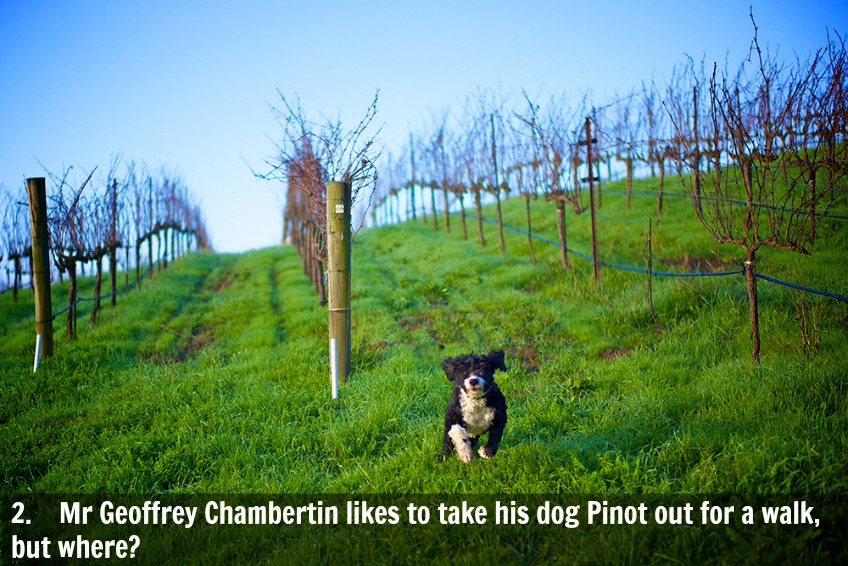
Burgundy
Perhaps the finest and longest living red Burgundies are made in the small appellation known as Gevrey-Chambertin. The grape used for Burgundian reds is of course Pinot Noir.
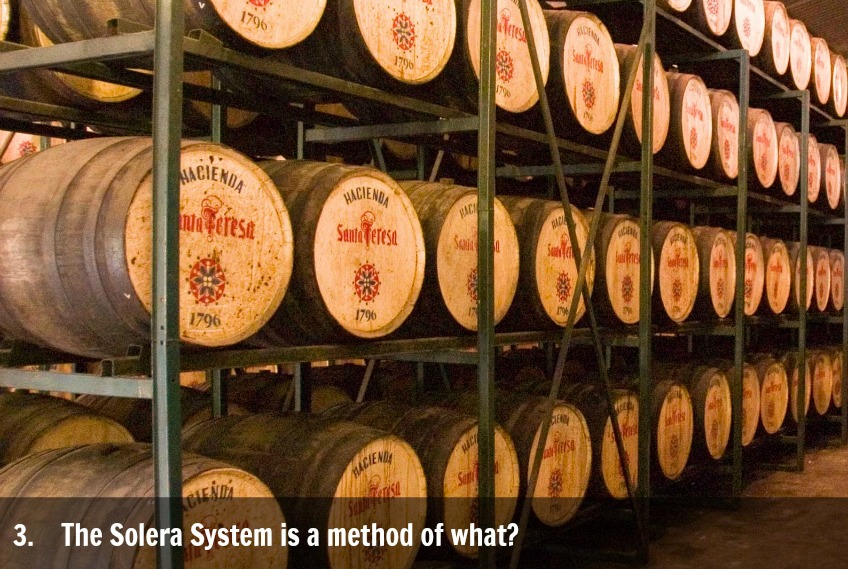
Maturation
The Solera System is an ageing process where liquids such as wine, brandy and vinegar are fractionally blended in such as way where the finished product is a mixture of ages and the older wine becomes refreshed by the younger wine.

Butter
This is the process of converting the tart-tasting malic acids, which are naturally present in the grape juice, to the softer-tasting lactic acid. This process is standard for red winemaking.
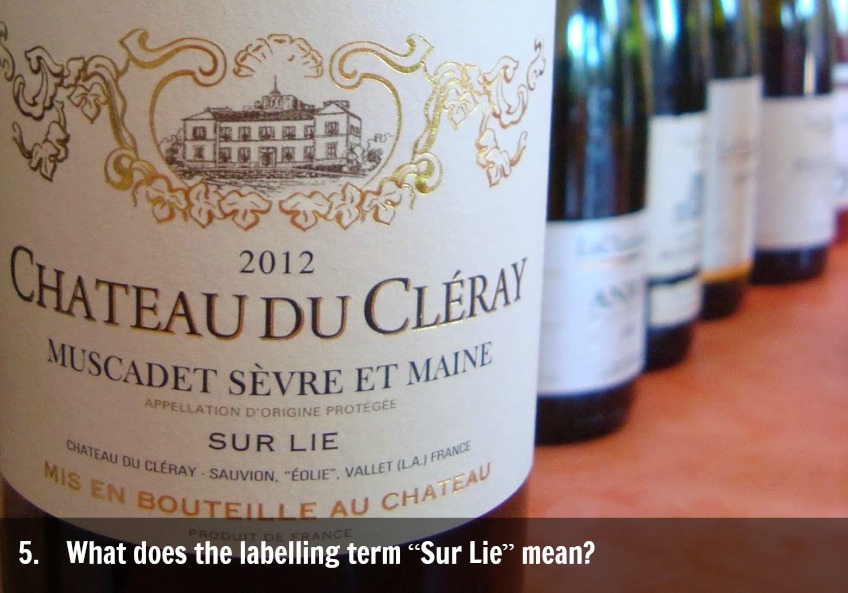
The wine has been stirred in with leftover yeast cells to impart more flavour
The “Lees” refer to dead or residual yeast cells leftover from the fermentation and ageing processes.
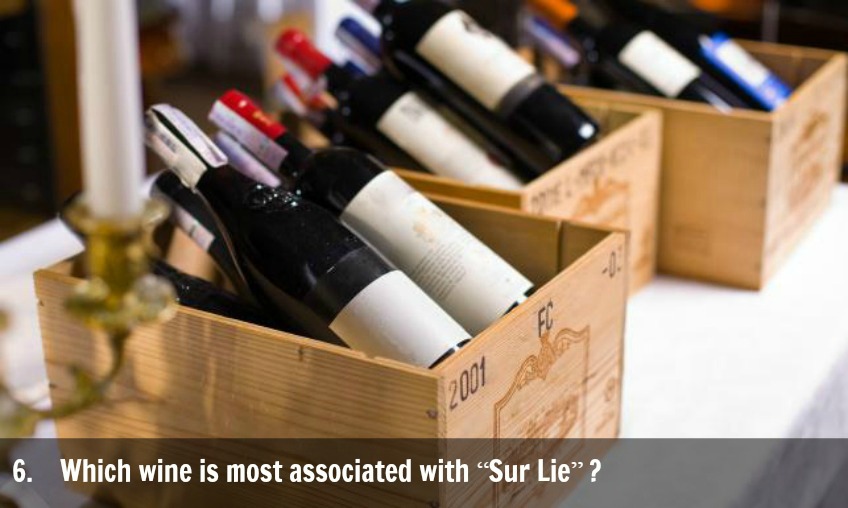
Muscadet
Prior to the early 1990s, any producer of Muscadet wine could use the phrase sur lie on their wine labels regardless of the length of time and manner that it actually spent in contact with the lees.
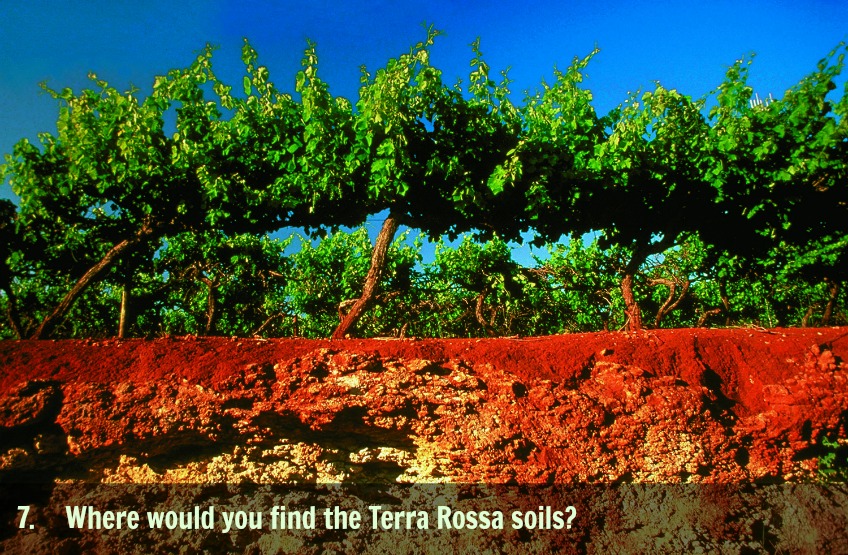
Coonawara
A clay soil famous for its red tinge that has fantastic drainage capabilities making it excel in the hot parts of the world, Coonawara perhaps being the most prominent in Australia.
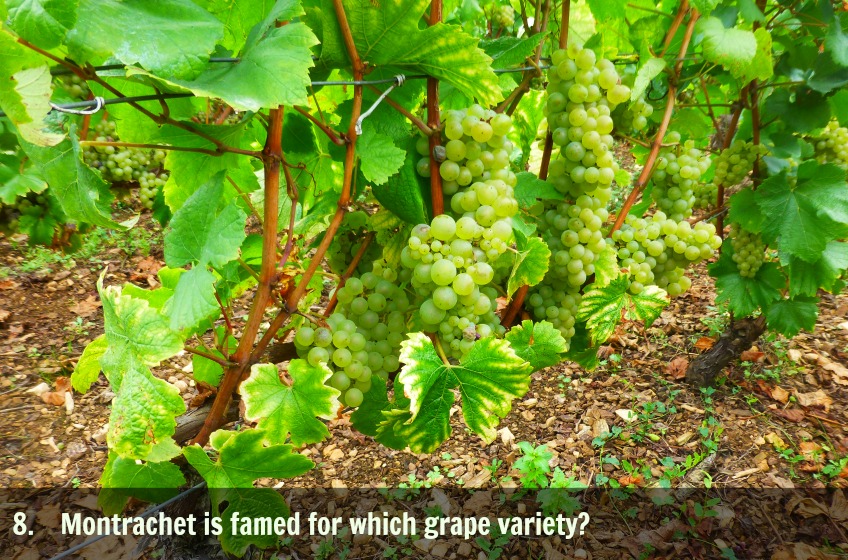
Chardonnay
Montrachet is a Grand Cru vineyard for white wine in the Côte de Beaune sub-region of Burgundy.It lies in between the two communes of Chassagne-Montrachet and Puligny-Montrachet and produces what some consider to be the finest dry white wine in the world.
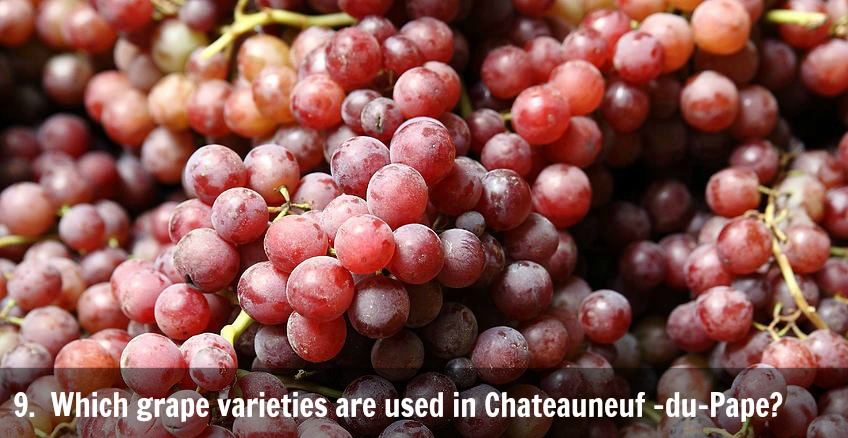
Grenache/Shiraz/Mouverdre
Chateauneuf-du-pape actually has 18 different permitted varieties that can be used in its wine production. Grenache is the backbone of the wine and is most often blended with Mourvèdre and Syrah to make up the bulk of the wine.
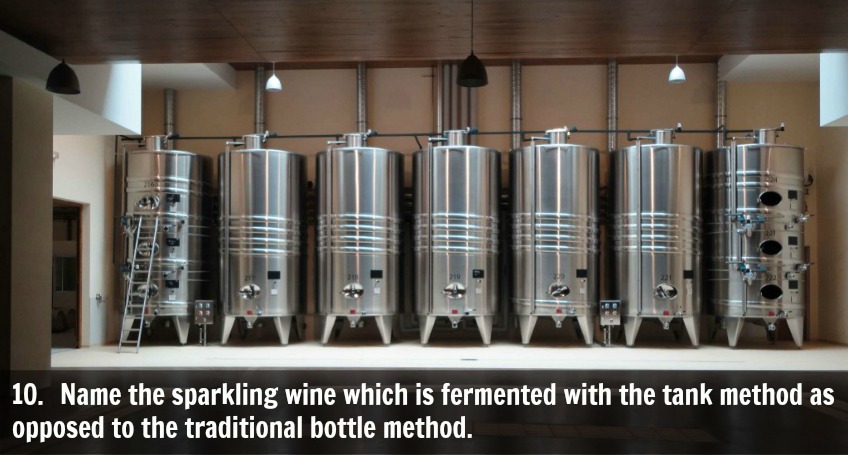
Prosecco
The tank method begins in the same way as the traditional bottle method, however once fermentation is competed the dry base-wine is then transferred to a pressurised tank rather than a bottle.
Thank you for taking the quiz.
You score is with 0 out of questions.
Want to receive the latest quizzes?
Recommended reading for you
Are you sure you do not want to be signed up to our Newsletters?
Too hard? Try our easy or intermediate quiz!